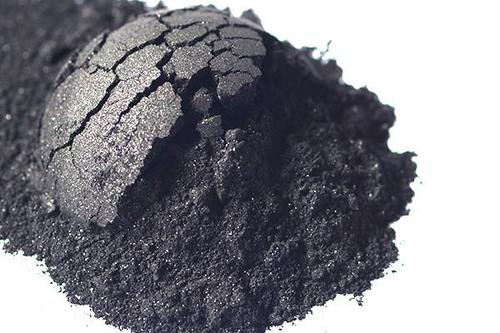The Electric Secret of Boron: Why This Tiny Element Packs a Shocking Punch!
(What Is Borons Charge)
Boron might not grab headlines like gold or oxygen. It’s quiet. It’s unassuming. But don’t let its low profile fool you. This element hides a tiny atomic surprise—one that makes it a big deal in chemistry. Let’s break it down.
First, atoms are like mini solar systems. The nucleus—packed with protons and neutrons—sits at the center. Electrons orbit around it. Protons have a positive charge. Electrons balance them with a negative charge. Most atoms want equal protons and electrons. That keeps things neutral.
Boron has its own rules. Check the periodic table. Boron’s atomic number is 5. That means five protons in its nucleus. A neutral boron atom also has five electrons. But here’s the twist. Boron hates keeping all its electrons. It’s a “giver.” In chemical reactions, boron often loses three electrons. Why three? Blame its electron setup.
Electrons live in layers around the nucleus. The first layer holds two electrons. The second holds eight. Boron’s five electrons fill the first layer and start the second. The outer layer—called the valence shell—has three electrons. That’s awkward. Atoms crave full outer shells. Some elements gain electrons to fill theirs. Boron does the opposite. It ditches the three electrons instead.
Losing electrons changes the charge. Electrons are negative. Lose three, and the atom becomes more positive. Boron ends up with a +3 charge. Scientists write this as B³⁺. This makes boron a cation—a positively charged ion.
Why does this matter? Boron’s +3 charge lets it bond like a pro. It teams up with other elements to form compounds. Take borax, a common cleaner. Or boric acid, used in eye drops. These rely on boron’s charge to work. Even high-tech stuff uses boron. Spacecraft heat shields. Super-strong materials. All thanks to that +3.
But wait. Boron isn’t always +3. Sometimes it shares electrons instead of losing them. This creates covalent bonds. Think of it as borrowing instead of giving. Boron trifluoride is an example. Here, boron shares electrons with fluorine atoms. No ions involved. Still, the +3 habit is boron’s signature move.
Humans use boron’s charge in weird ways. Ever play with green fire? Some pyrotechnics use boron compounds. The +3 charge helps create those bright flares. Sports gear? Boron fibers make bikes and rackets lighter and tougher. Even your phone’s glass might have boron—it resists scratches better.
Nature loves boron too. Plants need tiny amounts to grow strong. Boron helps build cell walls. No boron, weak plants. Farmers add it to soil sometimes. But too much? Poison. Balance is key.
Boron’s charge also fuels debates. Some scientists think it could play a role in alien life. Why? Boron helps form RNA, a molecule essential for life. Finding boron on Mars made people wonder—could hints of life exist there? Still a mystery.
Here’s a fun fact. Boron’s name comes from borax, a mineral used in ancient times. Goldsmiths in China used it over 4,000 years ago. They didn’t know about charges or electrons. But they knew borax made metals shine. Today, we know boron’s +3 charge is the reason.
(What Is Borons Charge)
So next time you see a shiny pot or a fiery green spark, think of boron. That little +3 charge is working hard. It’s proof that even the quietest elements can shock the world.
Inquiry us
if you want to want to know more, please feel free to contact us. (nanotrun@yahoo.com)




